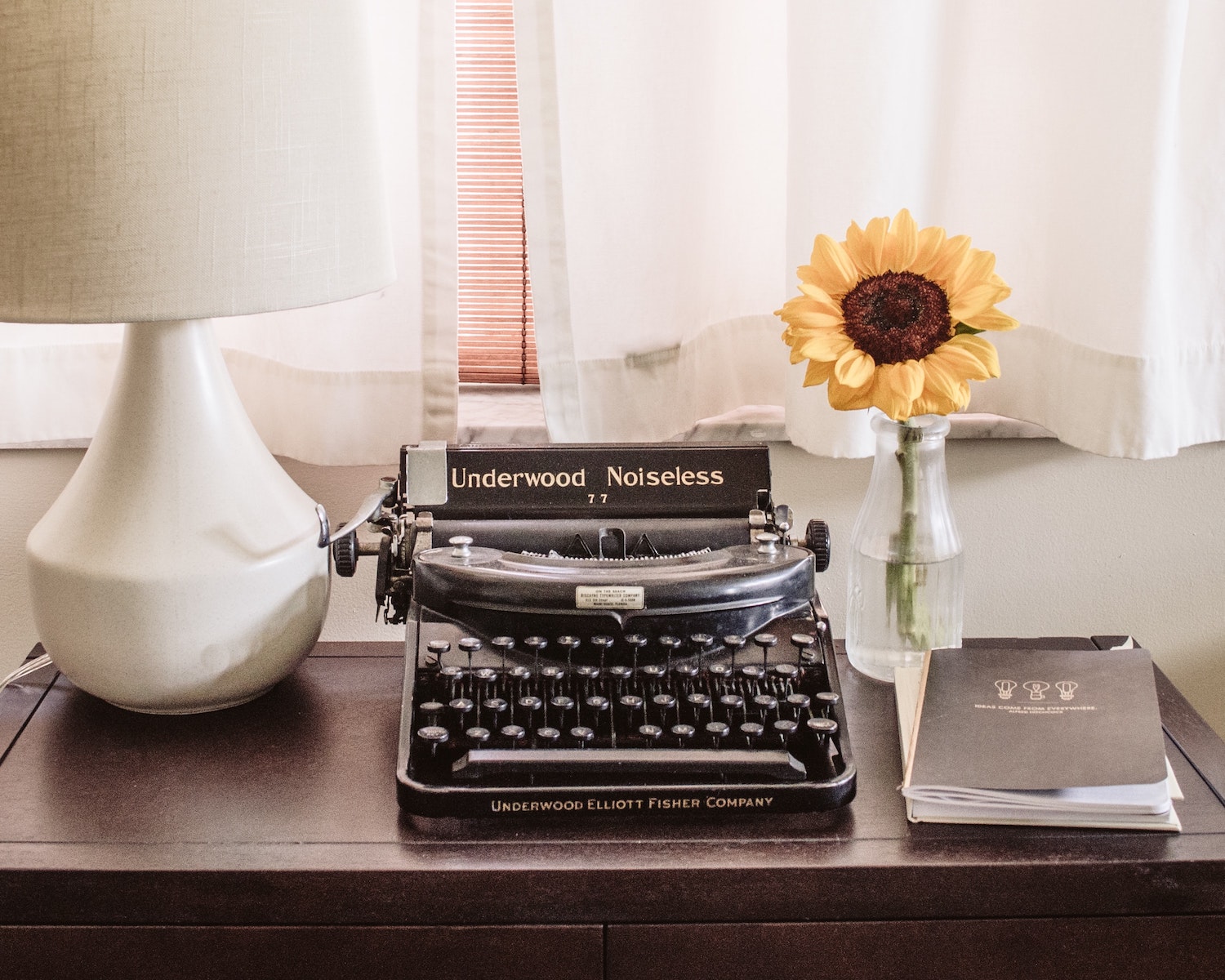What We Do
Here’s a quick breakdown.
BPD Beautiful started as a blog—documenting the recovery journey of our founder, Sarah Rose. Since then, it’s grown to be a source of uplifting & practical recovery tips for borderline personality disorder. Our content caters to both warriors & loved ones. Be sure to check out our blog, videos and upcoming book. A guided recovery journal, online workshops and a podcast are in the works. Stay tuned!


Why We Do It
Our Mission
At least 70% of people with BPD will attempt suicide at least once in their lifetime. Roughly 10% of those people will die by suicide. For a time, BPD was thought to be untreatable. But that’s not the case. We want our content to spread BPD awareness, inspire warriors to seek treatment and help people get themselves into remission. Our main mission is to significantly reduce the number of deaths by suicide among those living with BPD.
How We Do It
Meet the Team
Get to know the beautiful souls behind BPD Beautiful.
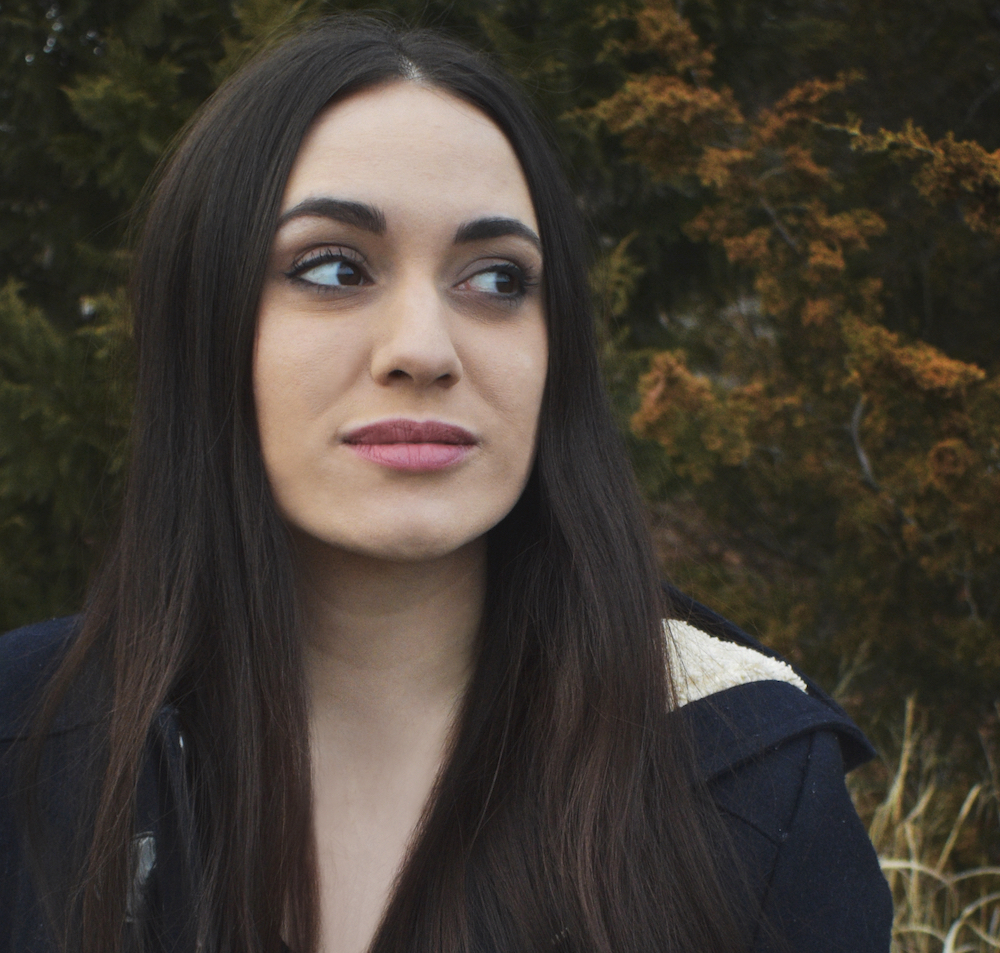
Sarah Rose
Creator
Sarah Rose is the creator of BPD Beautiful. She’s a proud mom, a follower of Jesus and a survivor of narcissistic abuse. Throughout her teens and 20’s–she was diagnosed with bulimia, depression, anxiety, CPTSD and BPD. After 10+ years of treatment, she finally entered remission. Now she hopes to inspire people impacted by BPD to find hope and reach their full potential. Her debut novel Sadie’s Favorite will be released in 2025. In her free time, she sings and plays bass in her band, Them vs. Her.
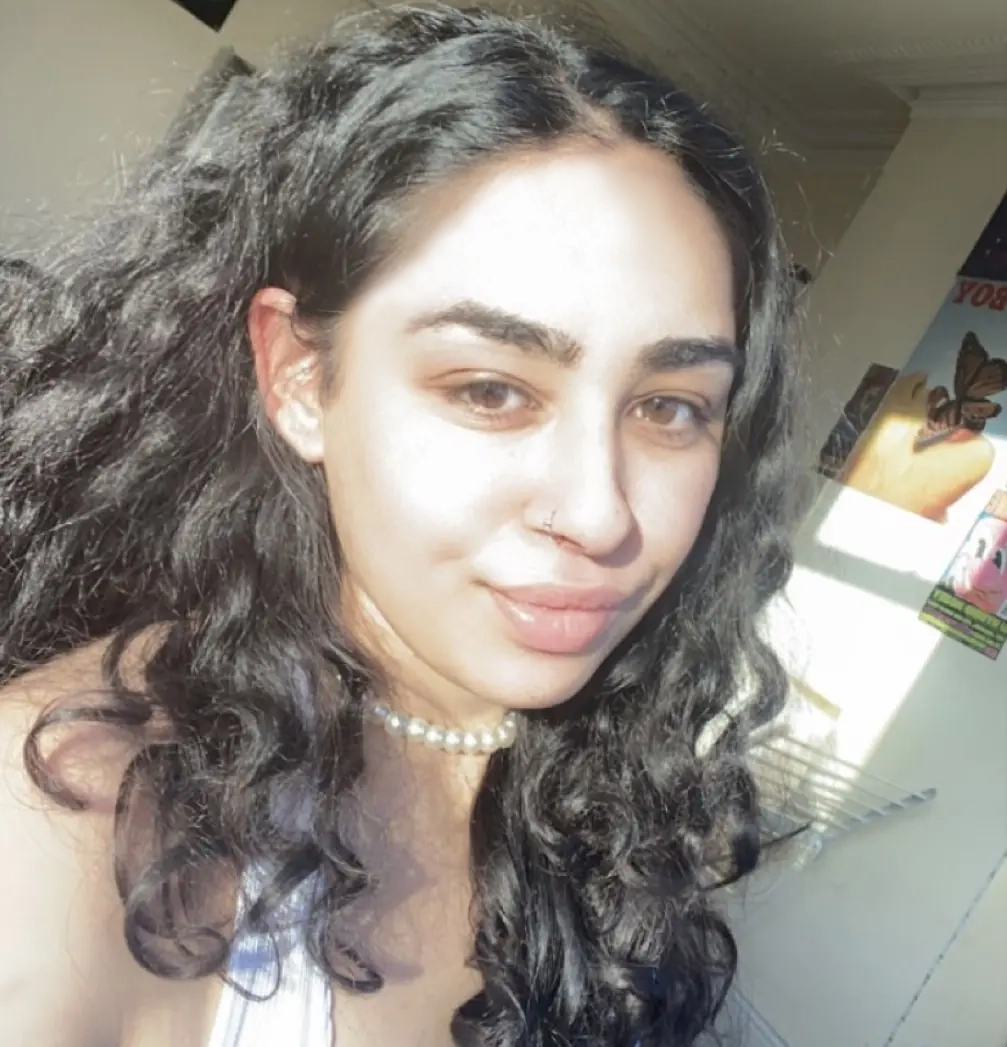
Manjot Brar
Blog & Email
Manjot is a Biology and Psychology graduate from Newcastle University in the UK and has ambitions to work as a mental health practitioner. She has an interest in personality disorders and wants to contribute to sharing resources and information with the community about BPD, as it’s often a very stigmatized condition. Manjot strongly believes that people living with BPD deserve to feel empowered and supported and so endeavors to act as an advocate for them through her activities with BPD Beautiful.

Elliot
Social Media
Elliott mainly works on BPD Beautiful‘s Instagram and Facebook pages. He is passionate about raising mental health awareness, especially as it relates to BPD. In his free time, he enjoys photography and playing violin and guitar.
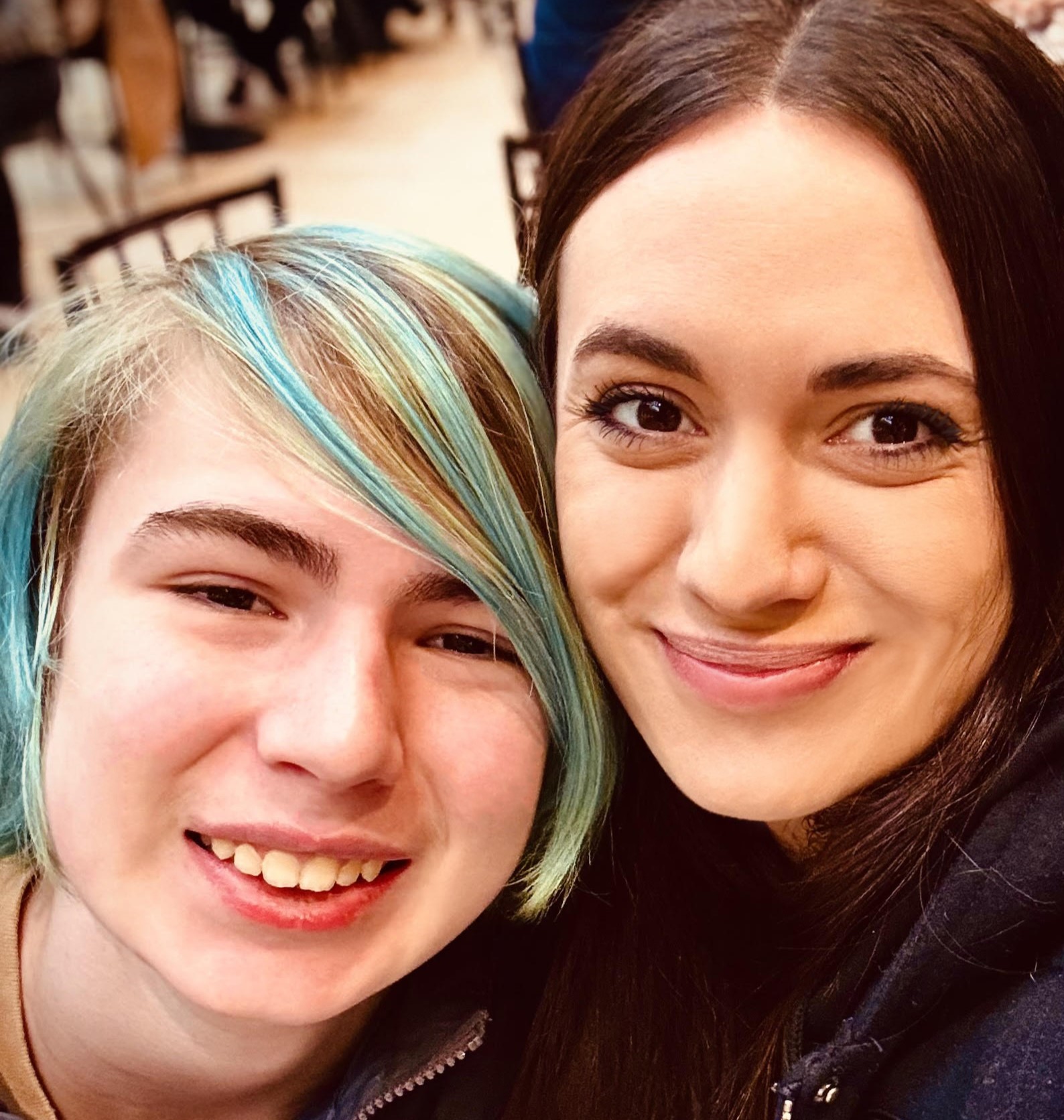
Nick
Marketing & Content Assistant
Nick is Sarah’s teenage son. His work for BPD Beautiful includes scheduling posts, engaging the community & emailing potential collaborators, designing graphics and editing videos. He loves all things anime & video games and he’s striving to run his own business one day.
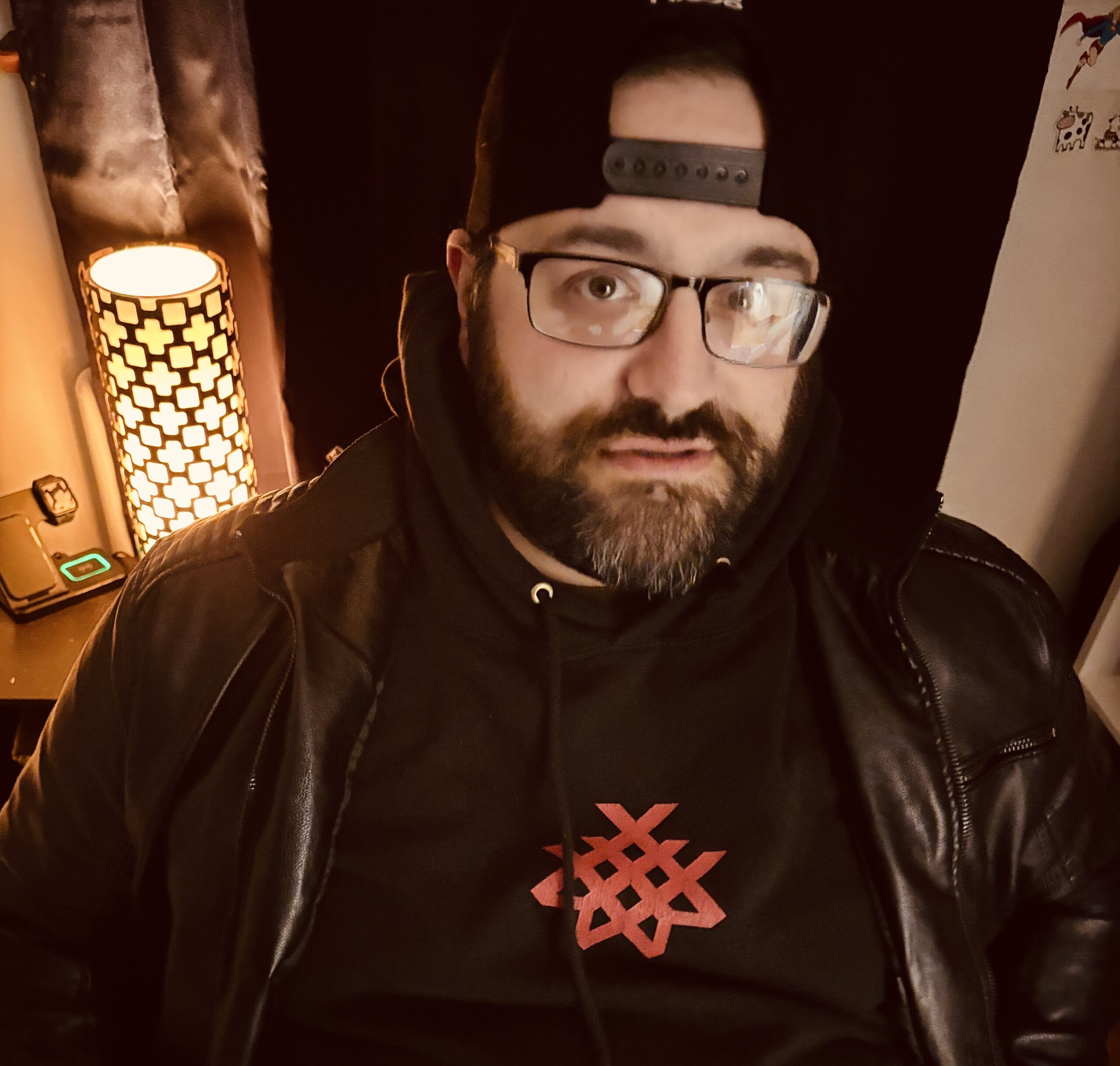
Anthony
Collaborations & Outreach
Anthony executes PR & outreach campaigns and coordinates collaborations. His main goal is to build & maintain relationships with the media, industry experts and influencers in the mental health space. He plays drums in Handful of Days and Them vs. Her and is unapologetically in love with wrestling.

Subscribe by Email
Get new recovery content, BPD resources & more sent to your inbox.
BPD Resources
Download printables for BPD symptoms, find treatment options, see top books & more — for warriors and loved ones.
Let’s see them →
Write for Us
Have a recovery story you’d like to share? Run your own blog? Submit a post for the chance to be featured on BPD Beautiful.
